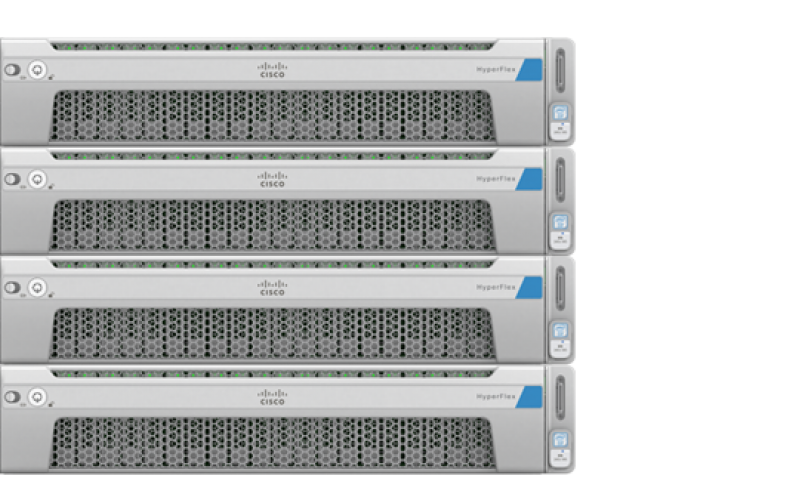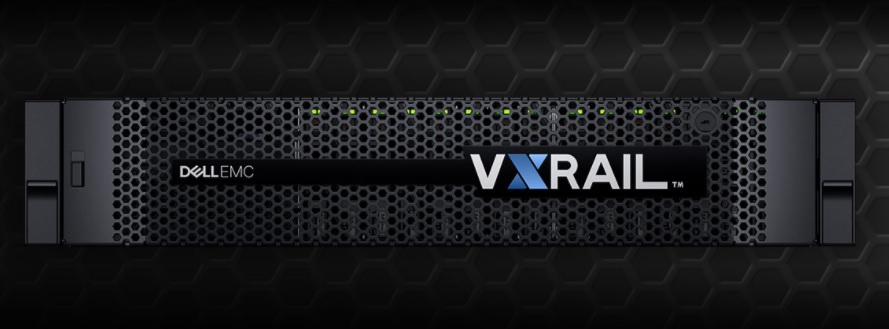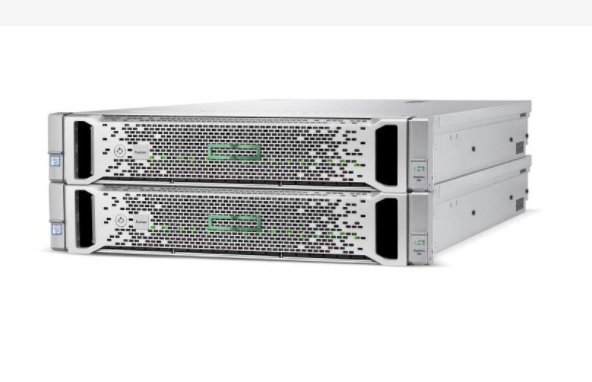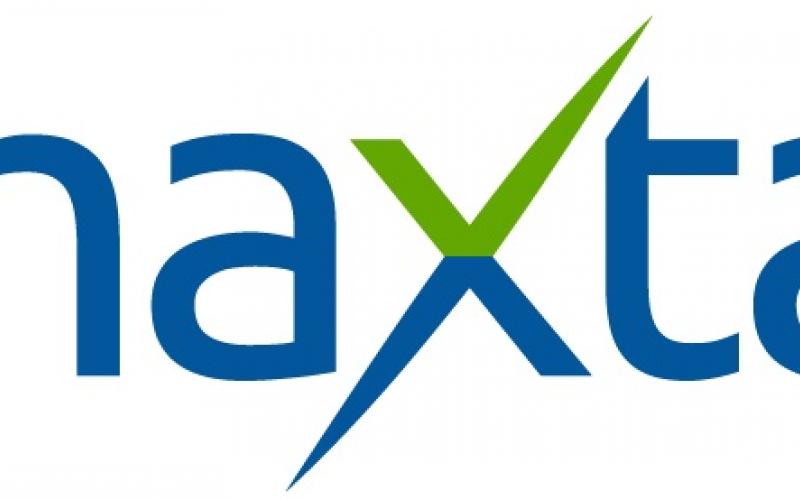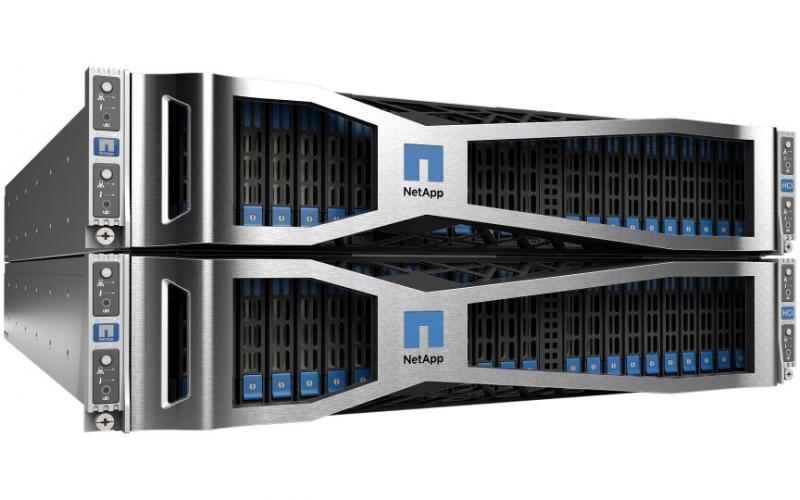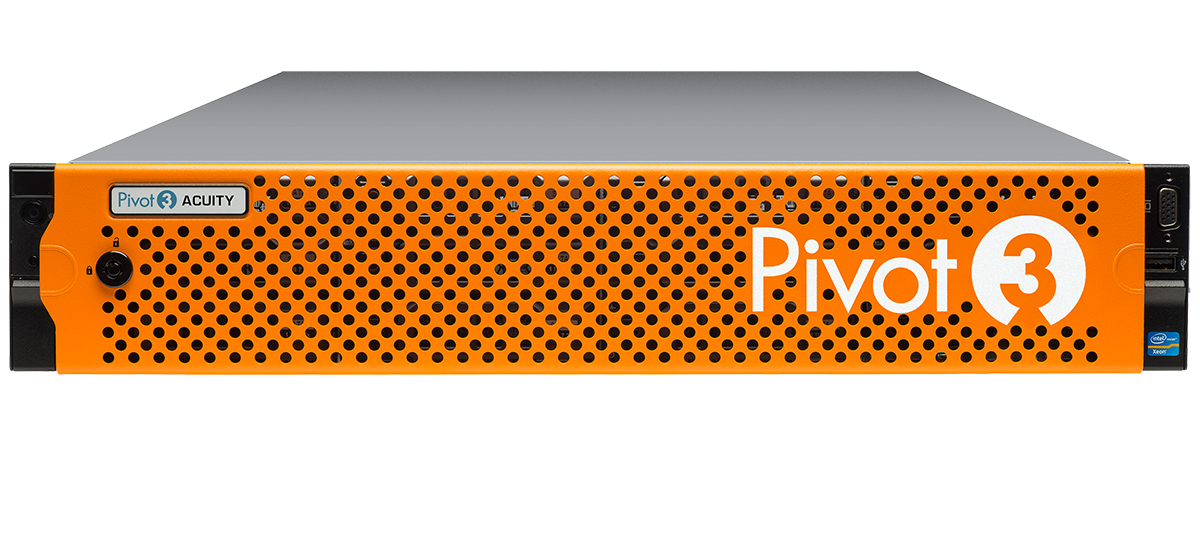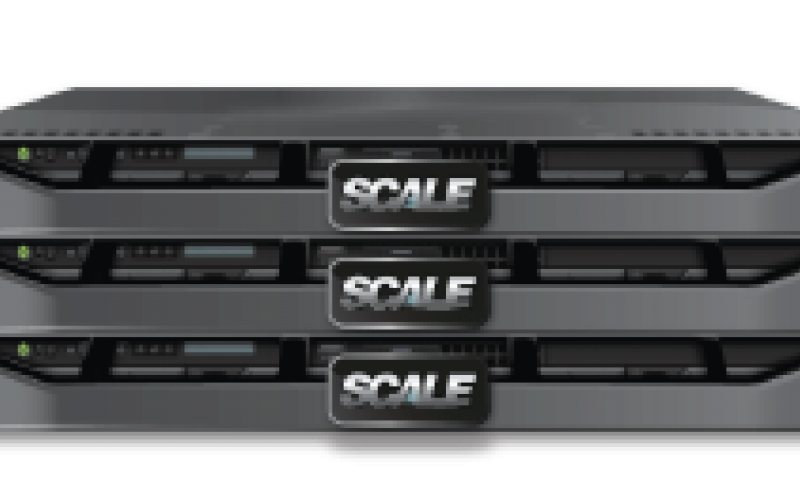As companies look for ways to make their IT infrastructure more agile and efficient, hyperconvergence has become a top consideration. The integrated technology promises faster deployment and simplified management for the cloud era.
An Enterprise Strategy Group survey last year found that 70% of 308 respondents plan to use hyperconverged infrastructure while 15% already use it and 10% are interested in it. IDC reported that hyperconverged sales grew 48.5% year over year in the second quarter of this year, generating $763.4 million in sales. Transparency Market Research estimates the global HCI market to reach $31 billion by 2025, up from $1.5 billion last year.
"It's moved well beyond the hype phase into the established infrastructure phase," Christian Perry, research manager covering IT infrastructure at 451 Research, told me in an interview.
With hyperconvergence, organizations can quickly deploy infrastructure to support new workloads, divisions, or projects, he said. "In that sense, it really provides an on-premises cloud-like option."
Hyperconverged infrastructure leverages software to integrate compute and storage typically in a single appliance on commodity hardware. Fully virtualized, hyperconverged products take a building-block approach and are designed to scale out easily by adding nodes. According to IDC, a key differentiator for hyperconverged systems, compared to other integrated systems, is their scale-out architecture and ability to provide all compute and storage functions through the same x86 server-based resources.
ESG Analyst Dan Conde told me that some newer hyperconverged systems include broader networking features, but that for the most part, the technology's focus is on storage and "in-the-box" connectivity.
VDI has been a top use case for hyperconverged infrastructure, but Perry said 451 Research is seeing the technology used for a range of use cases, including data protection, and traditional virtualized workloads such as Microsoft applications. Because it's easy to deploy, the technology is well suited for branch and remote locations, but companies are also running it in the core data centers alongside traditional infrastructure, he said.
Vendor lock-in, high cost, and inflexible scaling (compute and storage capacity must be added at the same rate) are among the drawbacks that some have cited with hyperconvergence platforms. Perry said he hasn't seen scalability issues among adopters, and that opex costs are much lower than traditional infrastructure. Hyperconverged products also have proven to be highly resilient, he added.
Perry said the first step for organizations evaluating hyperconverged products is to clearly identify their use case, which will narrow their choices. They also should take into account how the product will integrate with the rest of their infrastructure; for example, if it uses a different hypervisor, will the IT team be able to support multiple hypervisors? Companies interested in a product supplied by multiple vendors also need to determine which one will provide support, he said.
The hyperconvergence market has changed quite a bit since its early days when it was dominated by pure-play startups such as Nutanix and SimpliVity. Today, infrastructure vendors such as Cisco and NetApp have moved into the space and SimpliVity is now part of Hewlett-Packard Enterprise. Nutanix remains a top supplier after going public last year, and some startups remain, but they face stiff competition from the established vendors.
Here's a look at some of the key players in hyperconvergence today. Please note this list is in alphabetical order and not a ranking.
(Image: kentoh/Shutterstock)







